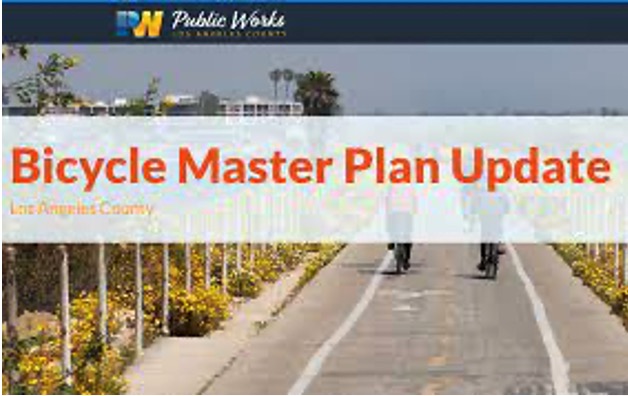Comments
PLANNING WATCH - If you have participated in any CicLAvia’s weekend group bicycle rides, you know that Angelenos like to bike, as long as it is safe. If you give them a car-free street, like the above, they will come. And if examples from other cities, like NYC, hold true, LA bikers would also use buffered bike-lanes, which barely exist in Los Angeles.
While many streets in LA are not suitable for safe bike riding because they are too narrow or too congested, Los Angeles still has a large number of major streets ideal for safe bike riding. They are flat and wide, and furthermore Los Angeles has ideal biking weather.
So what is the problem? Despite these favorable conditions, Los Angeles has low rates of bicycle riding? I think the most obvious reasons are:
Reason 1: Despite adopted Metro, LA County, and LA City bicycle plans, LA’s City Hall has underfunded the construction of a robust bicycle lane network. Planning bicycle lanes is not enough, their construction and operation must also be funded and then regularly monitored.
Reason 2: As I wrote last week, there is little effort to follow the official plans. The money to build bicycle lanes is not consistent. Furthermore, lobbyists short-circuit LA’s proposed bicycle lane system by promoting bicycle infrastructure that serves new commercial projects. Once completed, they can be used to cut construction costs by replacing required automobile parking with cheaper bicycle spaces. For example, the enormous (nearly 2,000,000 square feet) TVC 2050 project at the Beverly-Fairfax CBS site, has offered to subsidize nearby proposed bicycle lanes and incorporate bicycle parking into the project. Unmentioned: bicycle parking makes real estate projects more profitable.
Reason 3: Because most Los Angeles residents are car dependent, City proposals to construct new, buffered bicycle lanes on wide boulevards often meet organized resistance. For example, nearby neighbors opposed retrofitted bicycle lanes on San Vicente Boulevard in the Miracle Mile area because they did not want to lose a traffic lane designed for cars.
Reason 4: Some proposals to build new bicycle lanes come from local boosters. For example, the Mid-City West Neighborhood Council has proposed a short bicycle lane on traffic-clogged Fairfax Avenue, between Colgate and Wilshire. Even though this bicycle lane would not connect to other bicycle lanes in the Miracle Mile area, it won the local Neighborhood Council’s support. My explanation is that this stand-alone bicycle lane bolsters the request of nearby real estate projects to reduce costly automobile parking requirements.
In doing a deep dive to understand this and other bicycle lane proposals in my own Beverly Grove neighborhood, I discovered the following:
There are overlapping and contradictory bicycle plans from METRO, LA County, and LA City. For example, LA County’s Bicycle Master Plan does not propose any bicycle lanes for Fairfax Avenue. Nevertheless, one of two bicycle lane maps in LA City’s Mobility Element shows a proposed Tier 3 bicycle lane on Fairfax Avenue. Unfortunately, the Mobility Element does not define a Tier 3 bicycle lane. Is it a defined Class 3 bicycle lane where “bicycles and motor vehicles share the roadway?” Hopefully an updated Mobility Element can resolve this discrepancy. Until this happens, the internal contradictions in the existing plans make them difficult to use.
Furthermore, the LA City GeoHub has a map of Existing Bikeways. It shows bicycle routes that already exist. This map reveals that the only bike lanes in the Beverly-Fairfax area are three blocks on Fairfax Avenue (between Melrose and Willoughby), several blocks on Hauser Avenue in Park LaBrea (between 3rd and 6th Streets), and 4th Street between Park LaBrea and the Vermont Avenue area. Clearly, any new bicycle infrastructure in this neighborhood must focus on connectivity to other bicycle lanes, not isolated improvements which could reduce the parking requirements for new buildings.

Finally, LA County is in a position to finally clean up this mess. It is now updating its 2012 Bicycle Master Plan, which includes incorporated cities, like Los Angeles. By its adoption in 2025, the serious differences among the existing plans can finally be resolved. The sooner, the better.
(Dick Platkin is a retired Los Angeles city planner who reports on local planning issues for CityWatchLA. He is a board member of United Neighborhoods for Los Angeles (UN4LA). Previous columns are available at the CityWatchLA archives. Please send questions to [email protected].)
















